 1979 Audi 100 (C2, Typ 43, facelift 1979) Dimensions, Size & Specs
1979 Audi 100 (C2, Typ 43, facelift 1979) Dimensions, Size & SpecsMeasurements of the 1979 Audi 100, engineered for optimal performance and comfort
| Dimensions | |
|---|---|
| Length: | 4683 mm184.4 in15.4 ft |
| Width: | 1768 mm69.6 in5.8 ft |
| Height: | 1390 mm54.7 in4.6 ft |
| Trunk Capacity (Max): | 642 liter22.7 cu ft |
| Weight Specifications | |
| Curb Weight: | 1110-1210 kg2447-2668 lbs |
| Maximal permitted Weight: | 1570-1700 kg3461-3748 lbs |
| Tire Specifications | |
| Rims Size: |
|
| Tire Size: |
|
The Audi 100 (C2, Typ 43) underwent a notable facelift in 1979 and was produced until 1982, representing a key model in Audi's lineup during the late 1970s and early 1980s. This generation of the Audi 100 is classified as a mid-size sedan, offering a balanced combination of elegance, space, and driving comfort for its era. Measuring 4683 mm (184.3 inches) in length, 1768 mm (69.6 inches) in width, and standing 1390 mm (54.7 inches) tall, this sedan was designed to comfortably accommodate passengers while maintaining a sleek and aerodynamic profile typical of Audi's design language at the time.
Weighing between 1110 kg to 1210 kg (2447 to 2668 lbs), the Audi 100 (C2) strikes a favorable balance between sturdiness and performance efficiency. Its maximum permissible weight ranges from 1570 kg to 1700 kg (3462 to 3748 lbs), ensuring solid road presence and stability. The vehicle’s 14-inch rims with 185/70 R14 tire sizes contribute to a smooth and controlled driving experience, complementing the car’s engineering.
Practicality remains a strong point with a substantial luggage capacity of 642 liters (22.7 cubic feet) when the rear seats are folded down, making it suitable for both daily commuting and longer trips requiring generous cargo space. The Audi 100 (C2, Typ 43 facelift) introduced refinements that enhanced not only visual appeal but also functional aspects such as interior comfort and luggage versatility.
Overall, the Audi 100 (C2) facelift model from 1979-1982 stands as a classic example of a well-rounded mid-size sedan in the Audi heritage, combining thoughtful dimensions, weight management, and cargo capacity, tailored for drivers seeking a balance of style, comfort, and utility.
Discover the standout features that make the 1979 Audi 100 a leader in its class
Have a question? Please check our knowledgebase first.
The Audi 100 (C2, Typ 43, facelift 1979) sedan measures 4683 mm (184.3 inches) in length, 1768 mm (69.6 inches) in width, and 1390 mm (54.7 inches) in height. These dimensions contribute to its classic mid-sized sedan profile from the late 1970s and early 1980s, balancing interior space and road presence efficiently.
The curb weight of the Audi 100 (C2, Typ 43, facelift 1979) ranges from 1110 kg to 1210 kg (2447 to 2668 lbs), depending on the specific configuration. Its maximum permissible weight spans between 1570 kg and 1700 kg (3462 to 3748 lbs), accommodating passengers, cargo, and fluid weight for safe operation.
With the rear seats folded, the Audi 100 (C2, Typ 43, facelift 1979) offers a generous luggage capacity of 642 liters (22.7 cubic feet). This volume allows for convenient storage of larger items or increased cargo space for long trips, underscoring the vehicle's practical design focus in the executive sedan segment.
The Audi 100 (C2, Typ 43, facelift 1979) is equipped with 14-inch rims paired with tires sized 185/70 R14. These dimensions were typical for mid-sized sedans of that era, providing a smooth ride, balanced handling, and compatibility with a variety of road surfaces.
Yes, the Audi 100 (C2, Typ 43, facelift 1979) fits comfortably into a standard residential garage. Its length of 4683 mm (184.3 inches) and width of 1768 mm (69.6 inches) are well within typical garage space dimensions, which usually accommodate vehicles up to around 5 meters (197 inches) long and about 2.5 meters (98 inches) wide.
Compared to the original Audi 100 (C1), the C2 facelift from 1979 retained a similar mid-size segment footprint but featured subtle dimensional tweaks that enhanced interior space and aerodynamics. Generally, the C2 was slightly longer and wider than its predecessor, improving passenger comfort without significantly increasing overall bulk.
Dimensionally, the Audi 100 (C2, facelift 1979) was competitive within the executive sedan class of the late 1970s and early 1980s. For example, it was similar in length and width to contemporaries like the BMW 5 Series (E12) and Mercedes-Benz W123 but often offered a slightly lower height of 1390 mm (54.7 inches), lending a sleeker profile.
The moderate width of 1768 mm (69.6 inches) combined with a relatively low height of 1390 mm (54.7 inches) gives the Audi 100 (C2 facelift) a lower center of gravity, aiding stability in corners and enhanced handling. The length of 4683 mm (184.3 inches) balances stability with maneuverability, making it agile yet stable at highway speeds.
The facelifted Audi 100 (C2) maintains a curb weight in the range of 1110 to 1210 kg (2447 to 2668 lbs), which is broadly consistent with earlier C2 models. Any minor weight differences derive from additional trim, safety features, or mechanical updates introduced in the facelift between 1979 and 1982.
Discover similar sized cars.
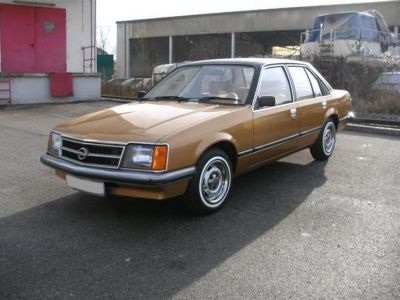
| Model Year: | 1978 |
|---|---|
| Length: | 4705 mm185.2 in |
| Width: | 1722-1730 mm67.8-68.1 in |
| Height: | 1410 mm55.5 in |
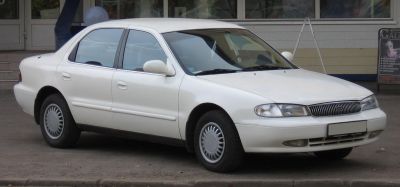
| Production: | 1996-1998 |
|---|---|
| Model Year: | 1996 |
| Length: | 4696 mm184.9 in |
| Width: | 1770 mm69.7 in |
| Height: | 1420 mm55.9 in |
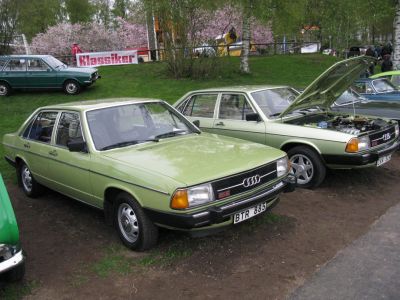
| Production: | 1976-1979 |
|---|---|
| Model Year: | 1976 |
| Length: | 4680 mm184.3 in |
| Width: | 1768 mm69.6 in |
| Height: | 1390 mm54.7 in |
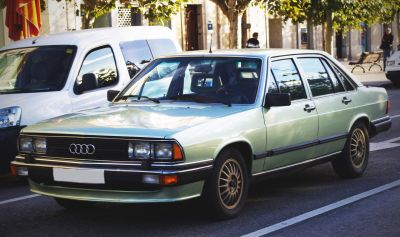
| Production: | 1979-1982 |
|---|---|
| Model Year: | 1979 |
| Length: | 4695 mm184.8 in |
| Width: | 1768 mm69.6 in |
| Height: | 1390 mm54.7 in |
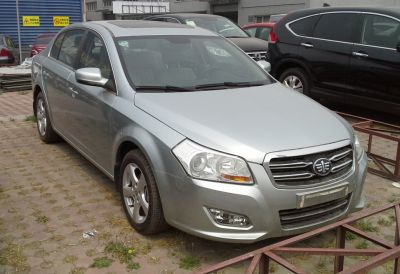
| Production: | 2012-2014 |
|---|---|
| Model Year: | 2012 |
| Length: | 4729 mm186.2 in |
| Width: | 1782 mm70.2 in |
| Height: | 1465 mm57.7 in |
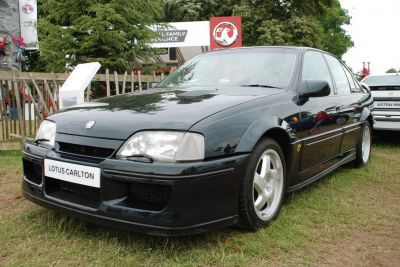
| Production: | 1986-1994 |
|---|---|
| Model Year: | 1986 |
| Length: | 4768 mm187.7 in |
| Width: | 1933 mm76.1 in |
| Height: | 1435 mm56.5 in |
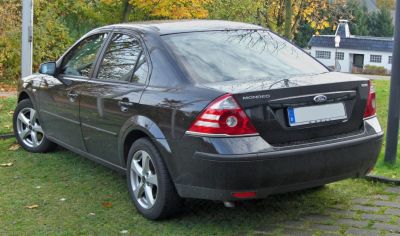
| Production: | 2001-2007 |
|---|---|
| Model Year: | 2001 |
| Length: | 4731 mm186.3 in |
| Width: | 1812 mm71.3 in |
| Height: | 1429 mm56.3 in |
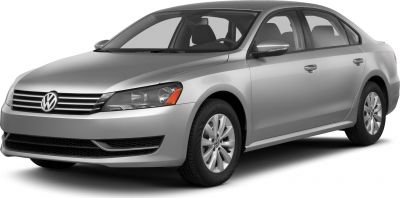
| Production: | 2010-2014 |
|---|---|
| Model Year: | 2010 |
| Length: | 4769 mm187.8 in |
| Width: | 2062 mm81.2 in |
| Height: | 1462-1470 mm57.6-57.9 in |
